Association model in chicken farming in Xuan Minh commune (Tho Xuan).
With the implementation of many policies to attract investment in the agricultural sector in general and the livestock industry in particular, in recent years, in Tho Xuan district, the livestock industry has been developing in the direction of industrial farms, high technology, and farm farming with the application of scientific and technical advances. Up to now, the whole district has 33 livestock farms that have linked and consumed products with enterprises, such as: Phu Gia Agricultural Products Joint Stock Company, Hien Nhuan Production and Trading Company Limited, Japfa Comfeed Vietnam Company Limited, CP Vietnam Livestock Joint Stock Company...
For nearly ten years, Japfa Comfeed Vietnam Co., Ltd. has cooperated with many farmers in Tho Xuan district to form large-scale, concentrated livestock farming models that bring high economic efficiency. A typical example is the chicken farming model of Ms. Vu Thi Huyen's family in Xuan Minh commune. Since 2019, after signing a contract with the enterprise, Ms. Huyen has invested in 5 rows of high-tech chicken coops, ensuring environmental hygiene and food safety with a total herd of 20,000 chickens/batch. Ms. Huyen said: “Participating in the chicken farming association, the family received support from Japfa Comfeed Vietnam Co., Ltd. to invest in automatic feeding and watering systems, transfer care techniques, and be provided with breeds and feed in the form of deferred payment. Previously, when raising small-scale farms, I only bought medicine for treatment when the animals got sick. But when raising in association, vaccinations are fully implemented, and feed for animals is also suitable for each growth stage. Due to the strict management and supervision of breeds, feed sources, and disease prevention, the livestock grow and develop well, creating quality products to meet market demand.”
In reality, livestock farming in the form of a chain link brings much higher economic efficiency than traditional farming. Not only is there strict management from breeding, disease to selling, livestock farming in the chain link also helps people access modern science and technology, increase competitiveness and closely follow the market demand of the product. Up to now, in the province, the chain link has been formed in livestock farming, such as: CP Vietnam Livestock Joint Stock Company has linked to process 92 pig farms, 42 poultry farms; CJ FOODS Vietnam Co., Ltd. operates 18 pig farms; Japfa Comfeed Vietnam Co., Ltd. operates 4 pig farms, 125 poultry farms; Mavin Group Joint Stock Company operates 4 pig farms; GOLDEN GOAT Agriculture Co., Ltd. operates 45 poultry farms; Green Chiken Co., Ltd. operates 18 poultry farms; Phu Gia Agricultural Products Joint Stock Company operates 8 poultry farms, 3 pig farms... The association with large livestock companies has helped households and livestock facilities in the province have high income thanks to commitments on disease risk management and ensuring stable output.
According to research, when raising livestock according to a chain, the enterprise is the unit that supplies breeds, feed, technical support, veterinary medicine and consumes products. Farmers build barns and waste treatment systems according to the enterprise's requirements, organize production and receive funding according to the contract. What makes people most secure is limiting risks in raising livestock, not worrying about output, quality of breeds as well as diseases...
Through the implementation of linkage models, a number of farmers have been trained with knowledge of modern agricultural production, changing their thinking and working habits from spontaneous production, overuse of veterinary drugs, floating animal feed, containing factors affecting health and the environment to safe production practices associated with environmental protection. Electricity costs, disease prevention and control are all reduced due to good control of water sources, feed, quality of breeding animals and waste; clean water is reduced by 70 - 80% due to no need to bathe pigs. Thanks to reduced input costs, farmers' income has increased; the livestock environment has improved significantly. In particular, pigs and chickens raised on biological litter are always healthy, grow evenly, have firm, delicious meat, and reduce antibiotic residues, so they sell at good prices and are favored by consumers.
Participating in association models in livestock farming has affirmed its outstanding advantages compared to traditional production and livestock farming methods. Therefore, the Department of Agriculture and Environment and localities are focusing on promoting and encouraging people to apply these models. Thereby, contributing to increasing productivity, economic efficiency for farmers and restructuring the agricultural sector safely and sustainably in current conditions.
Article and photos: Khanh Phuong
Source: https://baothanhhoa.vn/hieu-qua-cac-chuoi-lien-ket-trong-chan-nuoi-245909.htm




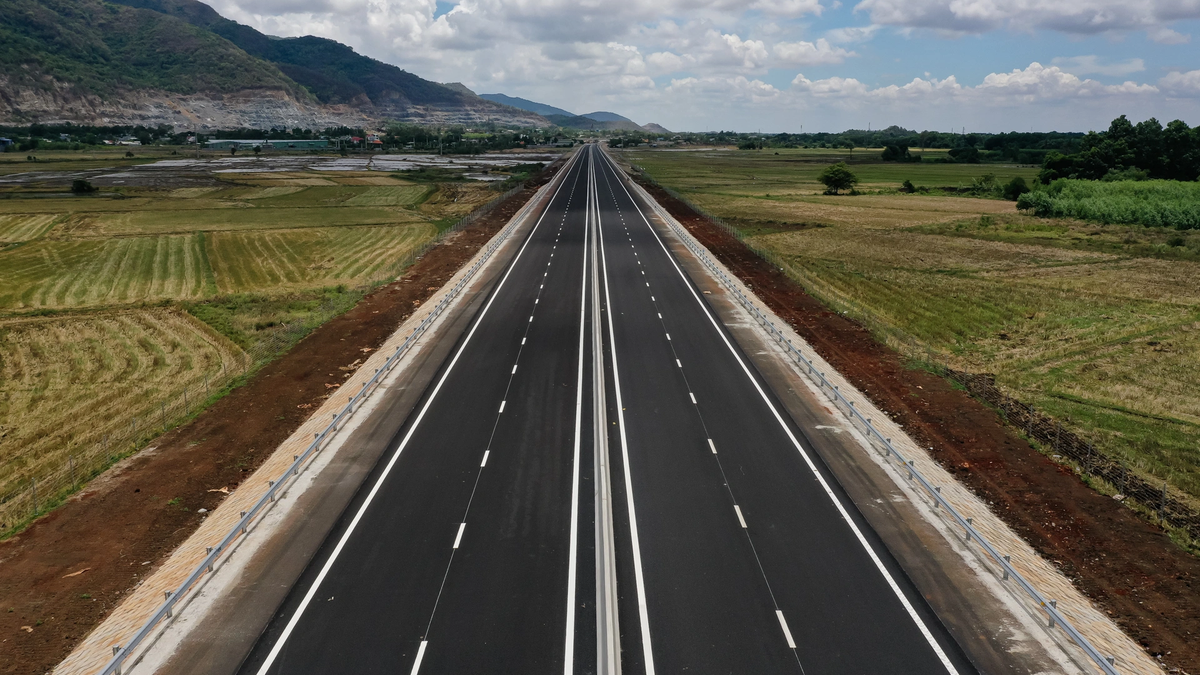

![[Photo] Special flag-raising ceremony to celebrate the 135th birthday of President Ho Chi Minh](https://vphoto.vietnam.vn/thumb/1200x675/vietnam/resource/IMAGE/2025/5/19/1c5ec80249cc4ef3a5226e366e7e58f1)
![[Photo] Party and State leaders attend the special art program "You are Ho Chi Minh"](https://vphoto.vietnam.vn/thumb/1200x675/vietnam/resource/IMAGE/2025/5/18/6895913f94fd4c51aa4564ab14c3f250)
![[Photo] Party and State leaders visit President Ho Chi Minh's Mausoleum](https://vphoto.vietnam.vn/thumb/1200x675/vietnam/resource/IMAGE/2025/5/19/d7e02f242af84752902b22a7208674ac)




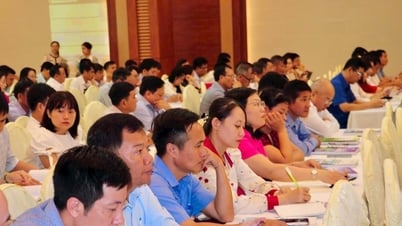

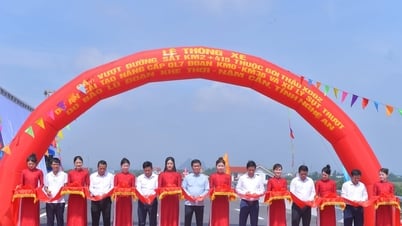
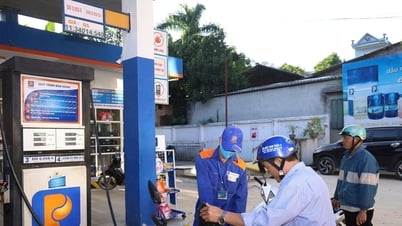
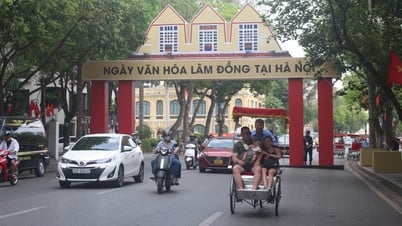





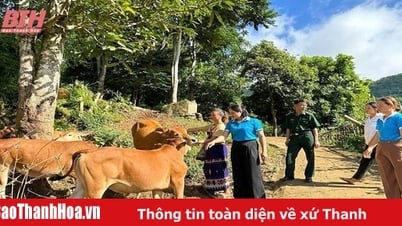


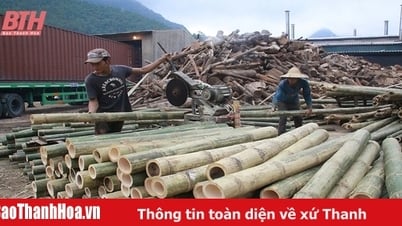

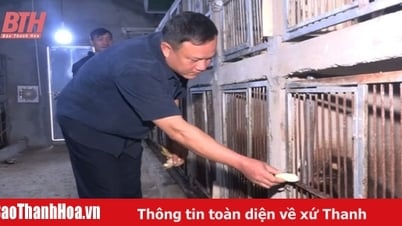




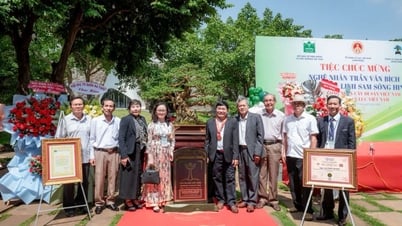











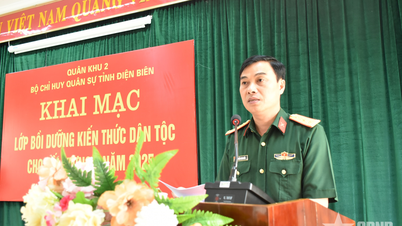




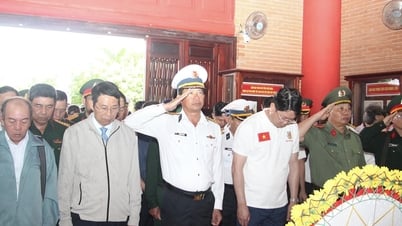



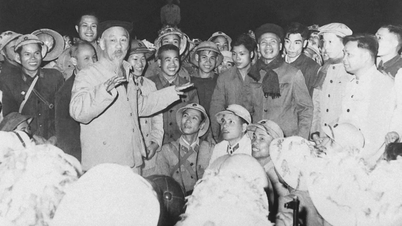
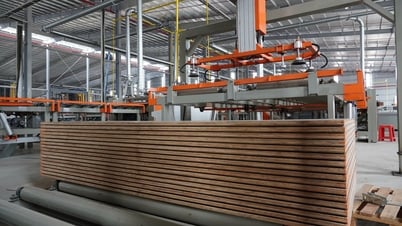

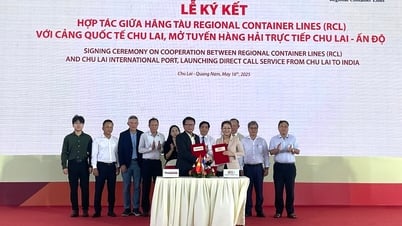










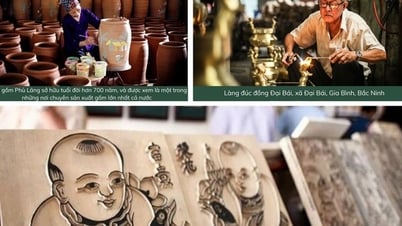





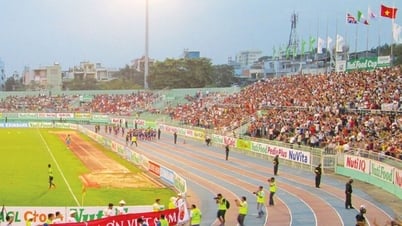
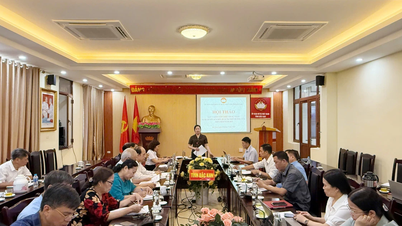

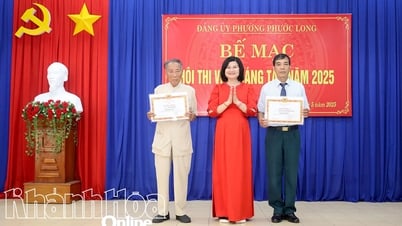










Comment (0)